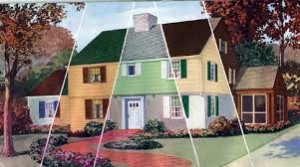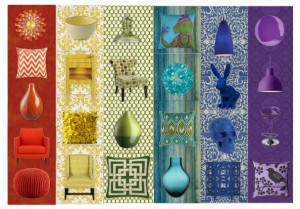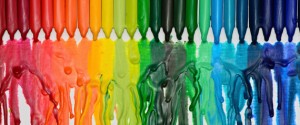 A little known aid for treating mental problems, such as anxiety or depression, is with colors. The emerging study of color psychology indicates that the color schemes we are surrounded by in our day-to-day lives have a profound impact on our moods and mentalities. Below are color scheme remedies to some of the most common mental problems.
A little known aid for treating mental problems, such as anxiety or depression, is with colors. The emerging study of color psychology indicates that the color schemes we are surrounded by in our day-to-day lives have a profound impact on our moods and mentalities. Below are color scheme remedies to some of the most common mental problems.
- Anger. The most effective color schemes for anger are lavender, yellow and green. The lavender helps bring down anger levels with its soothing, calming effects, helping the angry person to transition into a more peaceful state. The yellow promotes positivity which works to bring the individual into a better state of mind. And the green brings the person’s mood back into balance instead of remaining overwhelmingly agitated.
- Anxiety. The most effective color schemes for anxiety are, like anger, lavender, yellow and green. Anxiety is a high adrenaline state, like anger, so the soothing effects of lavender are necessary for quelling the individual’s fear and rampant thoughts. Yellow changes the course of their thinking from negative to positive, while green helps the individual center themselves and use logic.
- Depression. The most effective color schemes for depression are blue, yellow and green. Blue is a color that is commonly associated with depression, so it may come as a surprise that it is recommended for someone with depression. Despite its associations, the strongest studied effect of blue on a person’s psychology is productivity. One of the most noted effects of depression is being unproductive, so the color blue is vitally important to a depressed person. Yellow promotes energy and positivity, another few things that a depressed person is lacking, and green of course promotes balance, which is missing from any mental disorder.
- ADHD. The most effective color schemes for ADHD are lavender, blue and green. Lavender is calming, which is the most important therapeutic component someone with ADHD can receive. Blue helps them become collected enough to organize and plan, while green balances their high energy with calmness and meditation.

